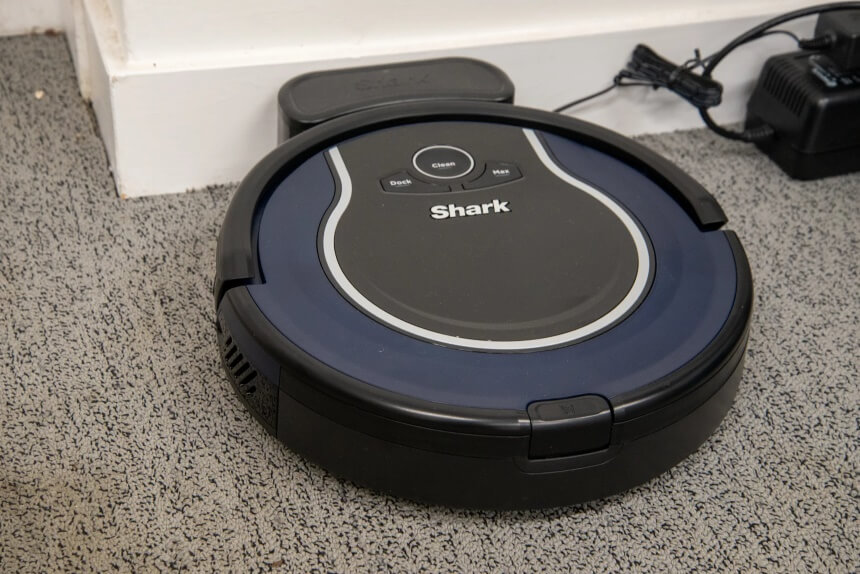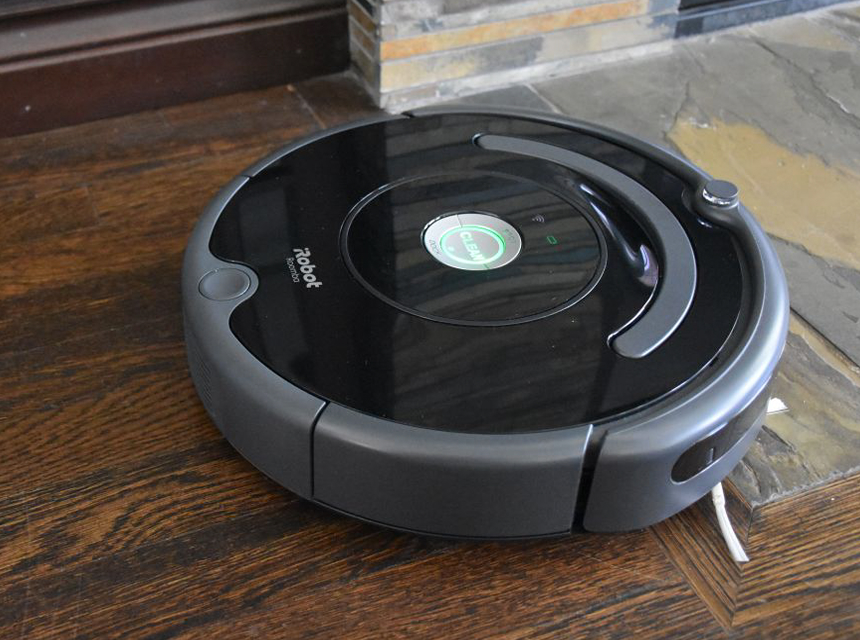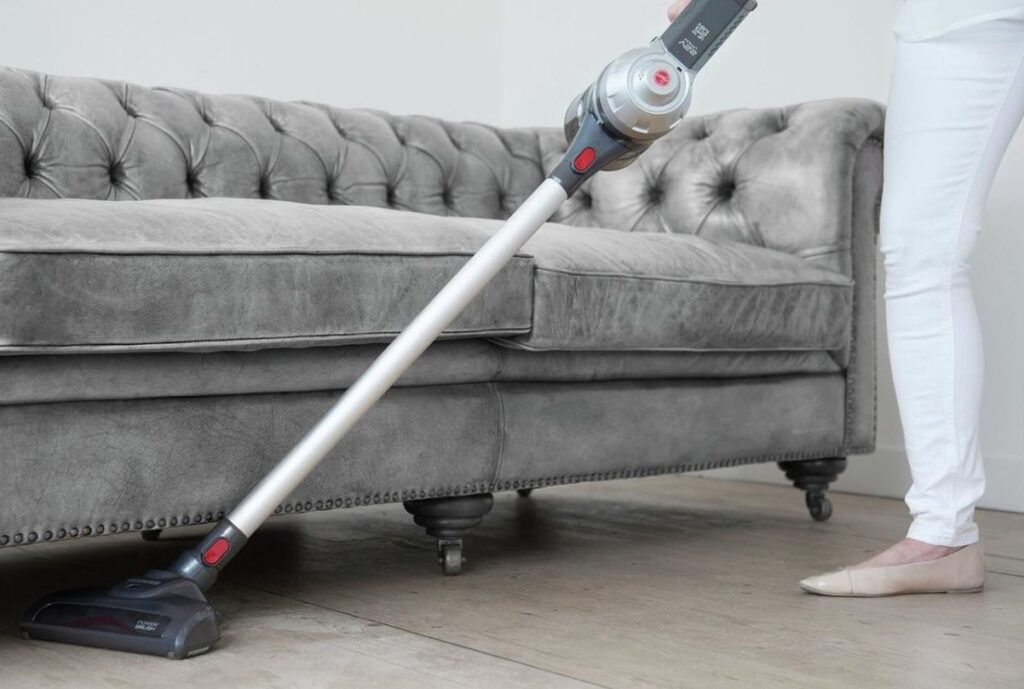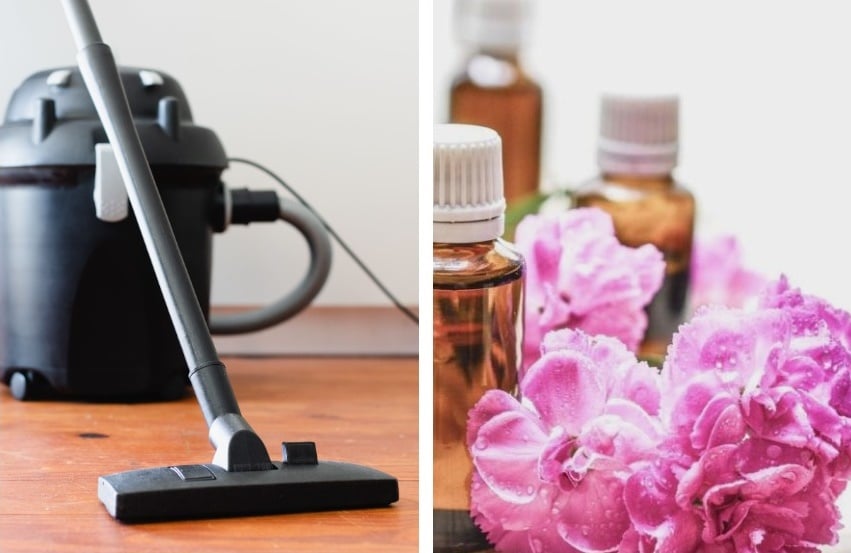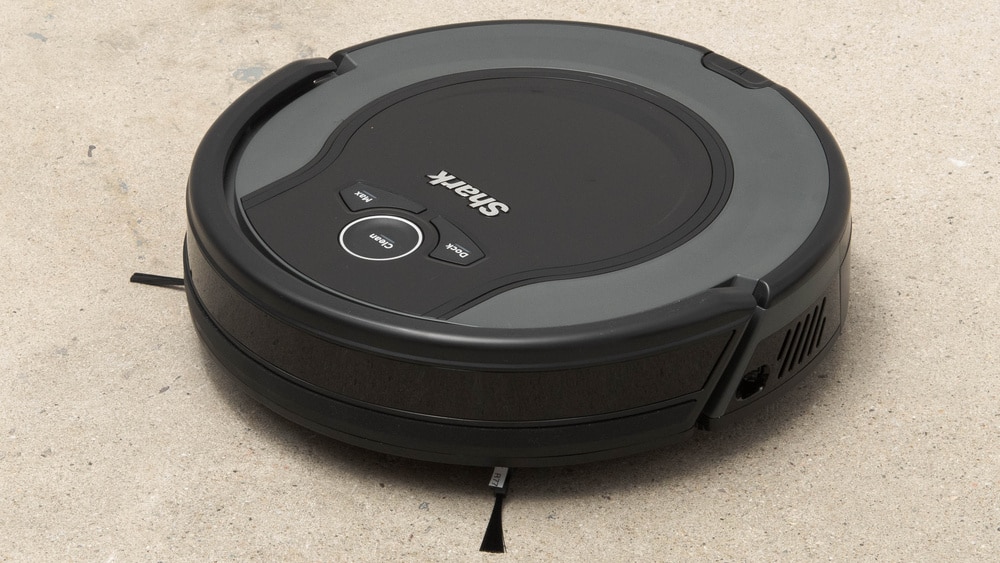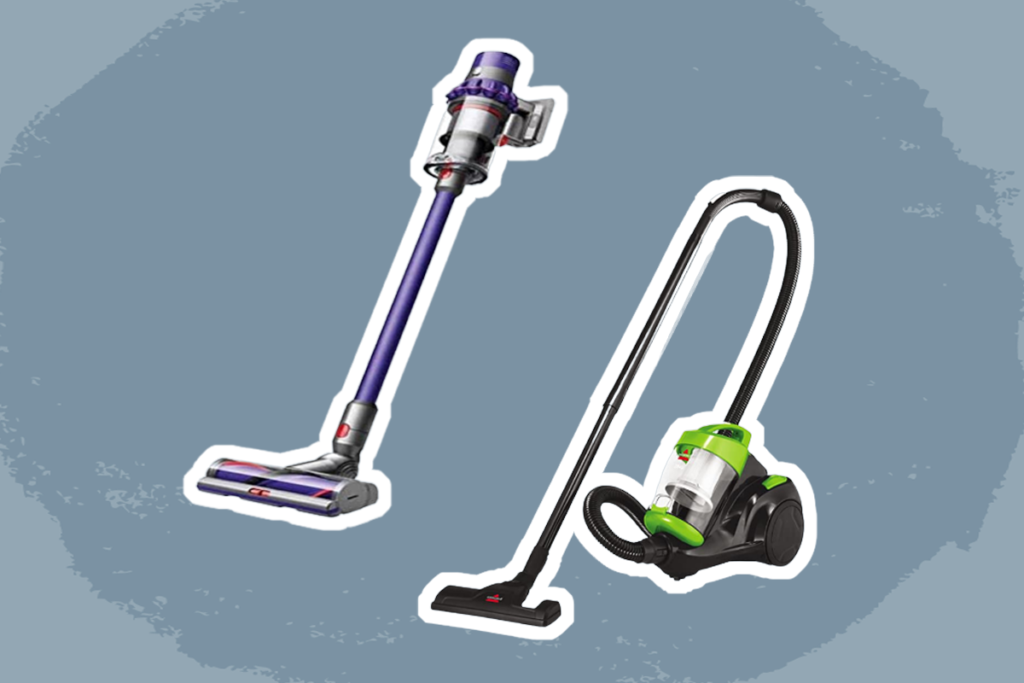Nearly all hoovers and vacuums stop sucking up dirt at some point, but this is rarely the case for Dyson vacuums. Since they penetrated the domestic cleaning market, Dyson’s main selling point is that their units do not lose suction when their dust containers fill up. This is possible because of the brand’s unique and patented root cyclone technology that does not rely on a bag. However, your Dyson vacuum could still suffer a reduction in the power of its suction. In such a scenario, you don’t have to rush it to a repair store immediately as there are a couple of things to restore it to normal functionality.
Some of the solutions you could try include: cleaning the filters, checking the roller, checking for hose blockage, cleaning the head, emptying the bin, and checking the nozzle and the brush bar. This article takes a closer look at each of these solutions and other tips on fixing your Dyson vacuum when it stops sucking in the middle of a cleaning cycle.
Here are the top hacks for fixing a Dyson suffering suction failure;
This is the first place to look when your Dyson stops functioning normally. Check the roller to see if the engine is working okay. First, unplug and turn the machine upside-side-down, then remove the plate around the roller. Check if there is anything stuck in the roller like hair, then use a pair of scissors to cut and pull it out.
A typical vacuum cleaner will have at least one filter that needs maintaining as it will get filled up with dust and stop sucking well. Check all of the filters to see if they need cleaning or replacing. You can wash and dry the filters before putting them back.
If you are on the market for a high-quality filter set for your Dyson vacuum, check out the popular Innovaty replacement filters. They are compatible with the DC41, DC65, and DC66 models. The filters have an efficient filtering technology and can be washed and reused severally.
Hose blockage is one of the primary causes of suction failure. A blocked hose cannot pick up as much dirt as it should. You can use a piece of wire to remove any debris or dirt that may be caught up in the hose.
For a Dyson Animal vacuum, check for hose blockage by pulling the wand upward and getting it off the hose. Remove the hose’s opposite end at the machine’s base then wiggle the hose around to get rid of any clogging. You can hit its side with your hand to remove built-up debris. Slide the hose over a broom handle to push out all the clog.
Are you looking to get an Animal vacuum, and you have no idea where to look? According to popular reviews, the Dyson Ball Animal Upright Vacuum-corded is the best that money can buy. According to Dyson, the vacuum has the strongest suction, and it comes with extra tools for easy cleaning and maintenance.
If you don’t want a corded Animal vacuum, check out the best cordless vacuums for pet hair.
A cleaner head with a debris blockage can also make your vacuum cleaner lose its suction power. Remove the beater bar on the head, then get rid of all the hair and debris causing blockage. Use a metal cloth hanger to remove all the dirt that had gathered on the top shelf. The topmost shelf tends to collect a lot of dirt which can affect the performance of a vacuum cleaner.
The vacuum cleaner can stop performing as it should when the bin is full. To inspect the vacuum’s bin, push the release lever away from the handle, then remove the clear container. Check the underside of the bin for a red latch then hold it down to slide the bin off the engine. Empty the bin then check its seals for any damages before putting it back.
If you own a handheld Dyson, check the nozzles for any obstruction or blockage that can cause loss of suction power. Checking the nozzles is such a breeze, and if it is the problem, you can get your vacuum cleaner back to form in no time.
Nearly all Dyson vacuums come with a U-bend pipe that connects the attachment hose to the dirt cup. If you need a Dyson vacuum and you feel overwhelmed with all the options, read our article on the best Dyson vacuums to find a model that meets your needs.
The U-bend pipe is located on the back of the machine and and is locked into place with a quarter-turn screw. Some pipes are transparent and you can see if they are blocked without removing them. If your model comes with an opaque U-bend pipe, you have to remove it, then blow through it from one end to inspect blockages. Ensure you clean the pipe before putting it back.
Check the side of your vacuum to see if it has a side valve. Push the button beside it to remove it then blow through it from one end to see if it is clogged. If you can’t feel the air on the other end, then the valve may be the reason your Dyson vacuum is not functioning well. Clean it before placing it back.
Dyson vacuums are popular for their outstanding suction capability. However, it is almost inevitable for vacuum cleaners to lose their suction power at some point. According to Washington Post, you must clean your Dyson vacuum for it to perform optimally whether it is cheap or on the pricier end. Routine maintenance issues are usually the primary cause of loss of suction power for most vacuums.
Many of the solutions for restoring a Dyson vacuum that won’t suck to normal functioning involve checking and cleaning the parts. Read our article on how to clean a Dyson vacuum. You can decide to clean the entire vacuum, or just check the main suspect parts for a quick fix. If your vacuum won’t function after trying out all the tricks provided in this article, consider getting professional advise.
